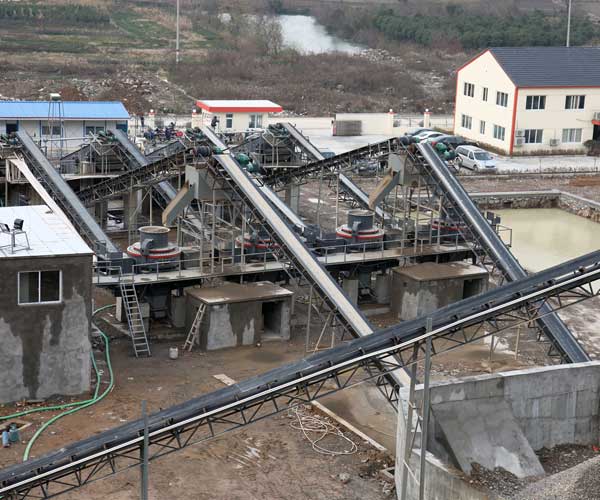
Quartz sand, also known as silica sand or industrial sand, is a naturally occurring mineral composed of silicon and oxygen atoms. It is one of the most common and useful minerals found on Earth, and is used in a variety of industrial applications due to its unique properties.
24 Online Service
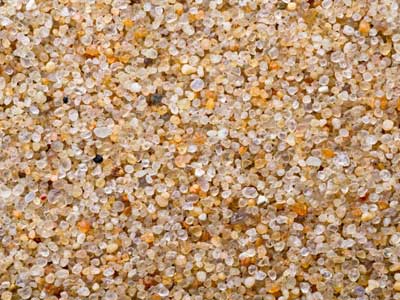
Quartz sand is typically found in the form of small grains or particles that are primarily composed of silicon dioxide (SiO2). It is formed over millions of years from the weathering and erosion of rocks containing quartz, such as granite, gneiss, and sandstone. As the rocks break down, the quartz grains are carried away by wind and water, eventually settling in deposits such as beaches, riverbeds, and deserts.
One of the most important properties of quartz sand is its high purity. It typically contains over 99% silica, which makes it an ideal material for industrial applications that require high levels of purity. In addition to its purity, quartz sand is also extremely hard and durable, which makes it resistant to wear and abrasion.
Due to its unique properties, quartz sand is used in a wide range of industrial applications. One of the most common uses for quartz sand is in the production of glass. When quartz sand is heated to high temperatures, it melts and becomes glass. The high purity of quartz sand ensures that the resulting glass is clear and free of impurities, making it ideal for use in applications such as windows, mirrors, and lenses.
Quartz sand is also used in the production of silicon metal, which is used to make a variety of products including semiconductors, solar cells, and computer chips. Silicon metal is produced by heating quartz sand and carbon in an electric arc furnace, which causes the silica to react with the carbon and form silicon metal.
Another important use for quartz sand is in the production of foundry molds and cores. Foundries use quartz sand to create molds and cores for casting metals such as iron, steel, and aluminum. The high purity and durability of quartz sand makes it ideal for this application, as it can withstand the high temperatures and pressures involved in the casting process without breaking down or deforming.
Quartz sand is also used in the fracking industry to prop open rock fractures and allow the flow of natural gas or oil. In this application, the high purity and strength of quartz sand is important, as it allows it to withstand the high pressures and temperatures involved in the fracking process.
In addition to its industrial uses, quartz sand is also used in a variety of other applications. For example, it is used as a decorative material in landscaping and aquariums, as it is available in a range of colors and sizes. Quartz sand is also used in water filtration systems, as it can effectively remove impurities and particles from water.
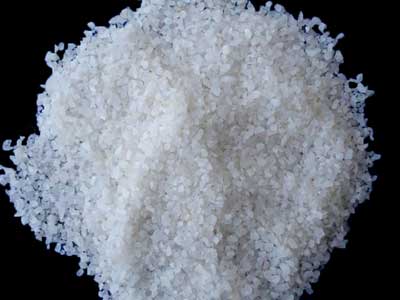
High purity quartz sand (HPQS) is a high-grade material that is essential for various industrial applications. It is an important raw material in the production of semiconductors, solar panels, and electronic devices, as well as in the manufacturing of optical lenses and other precision instruments. Due to its unique properties, HPQS has become increasingly valuable in recent years and is now considered a critical mineral for the modern economy.
Firstly, let us understand what HPQS is. High purity quartz sand is a type of silica sand that contains high levels of silicon dioxide (SiO2) and low levels of impurities such as iron, titanium, and aluminum. HPQS typically contains 99.99% pure SiO2 and has a particle size ranging from 0.1 to 0.5 millimeters. The high purity of HPQS makes it an ideal material for many high-tech applications, where impurities can interfere with the performance of electronic devices and other precision instruments.
The demand for HPQS has increased significantly in recent years due to the growing demand for high-tech products such as semiconductors, solar panels, and optical instruments. These industries require HPQS as a raw material to manufacture their products, and the demand for HPQS is expected to continue to grow in the coming years. The global market for HPQS is expected to reach USD 1.7 billion by 2025, according to a report by MarketsandMarkets.
One of the key applications of HPQS is in the production of semiconductors. Semiconductors are a crucial component of electronic devices such as computers, smartphones, and televisions. HPQS is used as a raw material to produce the high-purity silicon that is used to make semiconductors. The semiconductor industry is one of the largest consumers of HPQS, and the demand for HPQS in this industry is expected to continue to grow as the demand for electronic devices increases.
Another important application of HPQS is in the production of solar panels. Solar panels convert sunlight into electricity, and HPQS is used as a raw material to produce the high-purity silicon that is used to make the solar cells. As the demand for renewable energy sources such as solar power continues to grow, the demand for HPQS in the solar panel industry is also expected to increase.
In addition to the semiconductor and solar panel industries, HPQS is also used in the manufacturing of optical lenses and other precision instruments. The high purity of HPQS makes it an ideal material for these applications, where impurities can affect the performance of the final product.
The production of HPQS is a complex process that involves multiple steps. The raw material for HPQS is typically mined from high-purity quartz deposits, which are found in various parts of the world. The quartz is then crushed and purified to remove impurities such as iron and titanium. The resulting high-purity quartz is then further processed to produce HPQS.
The production of HPQS requires a significant amount of energy and water, which can have environmental impacts. However, the industry is taking steps to reduce its environmental footprint by using renewable energy sources and implementing more sustainable practices. For example, some companies are using solar power to produce HPQS, while others are using recycled water to reduce their water consumption.
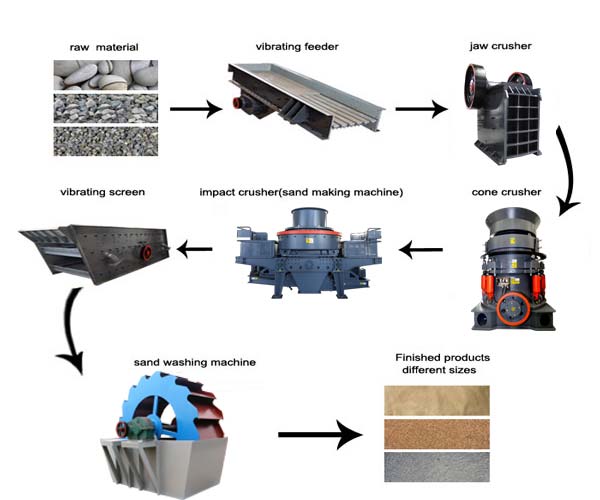
Quartz sand is a naturally occurring mineral that is widely used in various industrial applications. It is a form of silica that is composed of silicon and oxygen atoms in a 1:2 ratio, and it is found in abundance all over the world. The manufacturing process of quartz sand involves several steps that are carefully designed to produce high-quality, pure quartz sand that can be used in a variety of industries.
The first step in the manufacturing process of quartz sand is mining. Quartz is usually mined from open pits or underground mines. The mining process involves drilling, blasting, and removing the overburden (the soil and rock that covers the mineral deposit) to access the quartz veins. Once the quartz veins are exposed, the ore is extracted using heavy machinery and transported to the processing plant.
At the processing plant, the quartz ore is crushed and washed to remove any impurities. The quartz is then screened to separate it into different sizes. The larger chunks of quartz are sent back to the crusher to be crushed again, while the smaller particles are sent to the washing plant to be cleaned further.
The cleaned quartz particles are then subjected to a process called flotation. In this process, the particles are mixed with water and a chemical reagent, which causes the quartz to float to the surface while the impurities sink to the bottom. The quartz is skimmed off the surface and sent to a drying facility, where it is dried to remove any remaining moisture.
The dried quartz is then ground into a fine powder using a ball mill or other similar equipment. The ground quartz is then sifted to separate it into different particle sizes. The larger particles are sent back to the grinder to be ground again, while the smaller particles are collected and stored.
The final step in the manufacturing process of quartz sand is to package and ship the product to customers. The quartz sand is typically packaged in large bags or containers and shipped by truck, rail, or ship to customers all over the world.
Quartz sand is a vital industrial mineral raw material that is widely used in a variety of industries, such as glass, foundry, ceramics, and refractory. The demand for quartz sand is increasing due to its excellent physical and chemical properties, such as high purity, high temperature resistance, and high strength. To meet the growing demand for quartz sand, the quartz sand making line has become increasingly important.
The quartz sand making line is a production line composed of a series of equipment, including crushers, sand making machines, vibrating screens, and sand washing machines. The quartz sand making line is designed to produce high-quality quartz sand with a uniform particle size, excellent shape, and low content of impurities.
The first step in the quartz sand making line is the crushing process. The quartz stone is crushed by a jaw crusher or a cone crusher to a certain size. The crushed quartz stone is then sent to a sand making machine for further crushing and shaping.
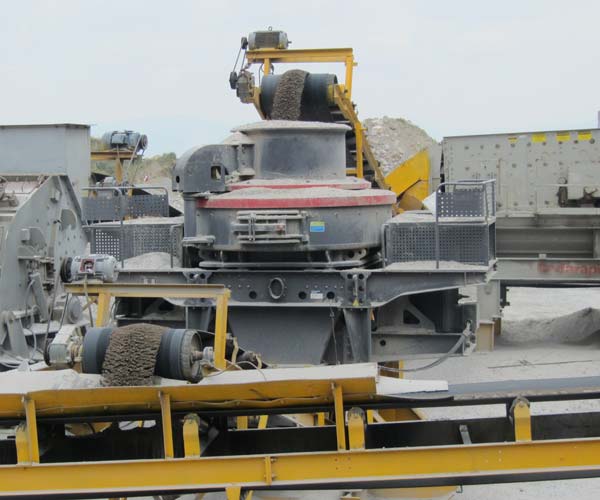
The sand making machine is the core equipment in the quartz sand making line. It is responsible for crushing and shaping the quartz stone to produce high-quality quartz sand. The sand making machine adopts the principle of “stone hitting stone” and “stone hitting iron,” which can crush the quartz stone with high efficiency and excellent particle shape.
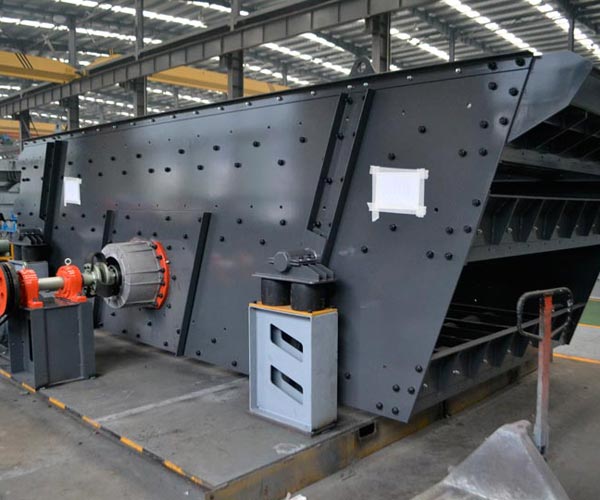
After the quartz stone is crushed by the sand making machine, it is sent to a vibrating screen for screening. The vibrating screen is used to separate the quartz sand with different particle sizes. The quartz sand with a uniform particle size is sent to a sand washing machine for cleaning.
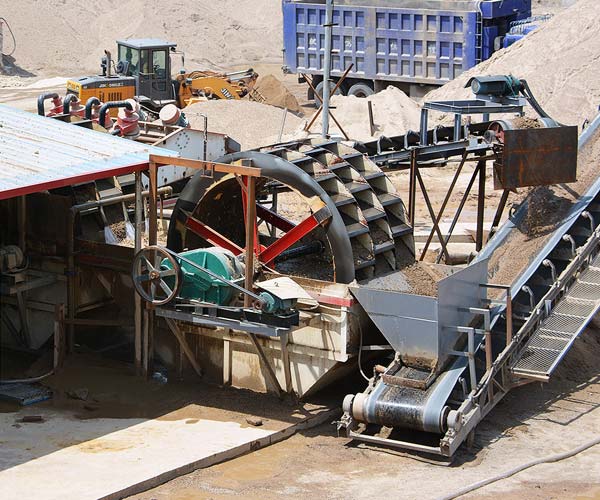
The sand washing machine is used to remove impurities from the quartz sand, such as dust, clay, and organic matter. The quartz sand washed by the sand washing machine has a low content of impurities and a high purity, which can meet the needs of various industries.
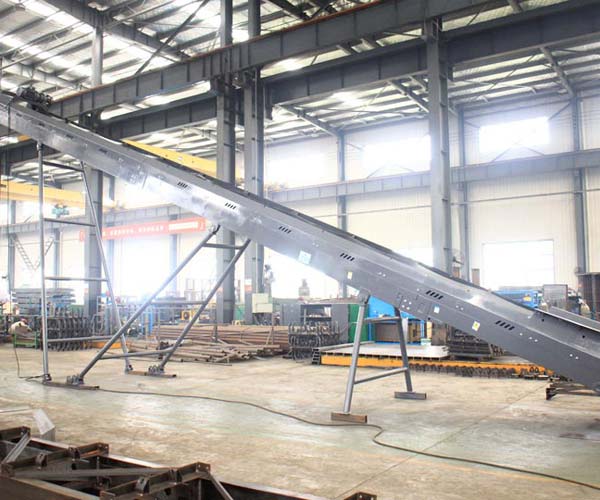
In addition to the above equipment, the quartz sand making line may also include a belt conveyor, a dust collector, and other auxiliary equipment. The belt conveyor is used to transport the quartz stone and quartz sand between the equipment. The dust collector is used to collect the dust generated during the production process, which can effectively reduce the environmental pollution.
The quartz sand making line has the advantages of high automation, low operation cost, and high efficiency. The use of advanced technology and equipment can effectively improve the production efficiency and reduce the labor intensity of workers. The high-quality quartz sand produced by the quartz sand making line can meet the needs of various industries, such as glass, foundry, ceramics, and refractory.
However, there are also some challenges and problems in the production process of the quartz sand making line. For example, the quality of the quartz stone has a direct impact on the quality of the quartz sand. If the quartz stone is of poor quality, it will affect the crushing and shaping effect of the sand making machine and the quality of the quartz sand. Therefore, it is necessary to select high-quality quartz stone as the raw material for the quartz sand making line.
Moreover, the maintenance and repair of the equipment in the quartz sand making line are also very important. The equipment in the production line should be regularly maintained and repaired to ensure the stable operation of the production line and the quality of the quartz sand. The timely replacement of vulnerable parts can effectively extend the service life of the equipment.
Our Projects
Copyright © ZENITH, All Right Reserved.
